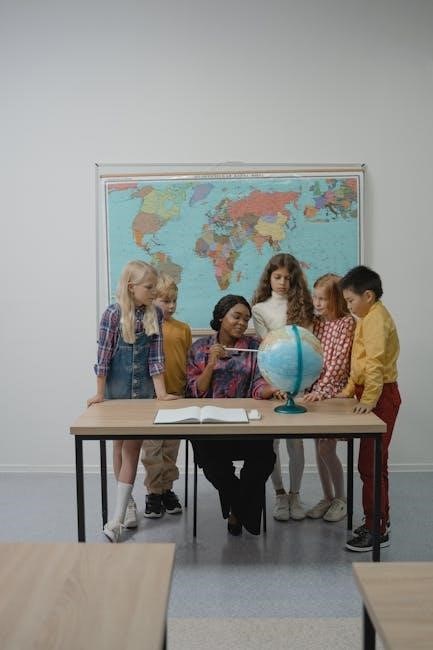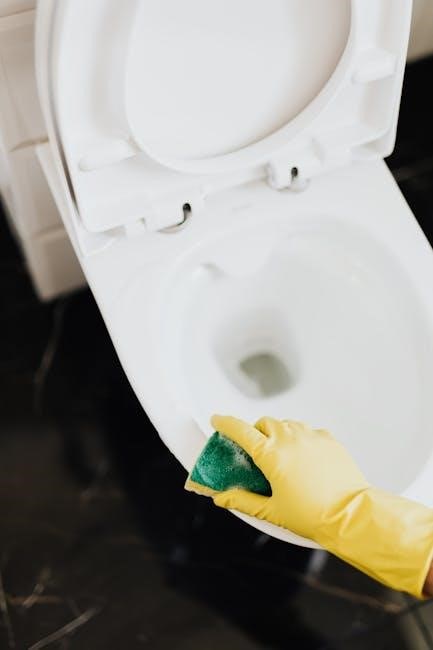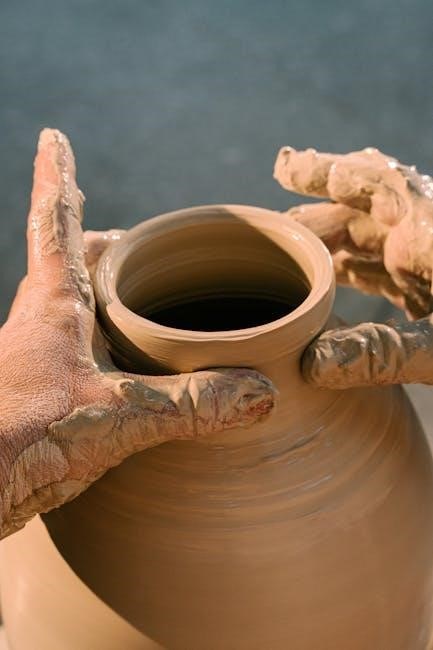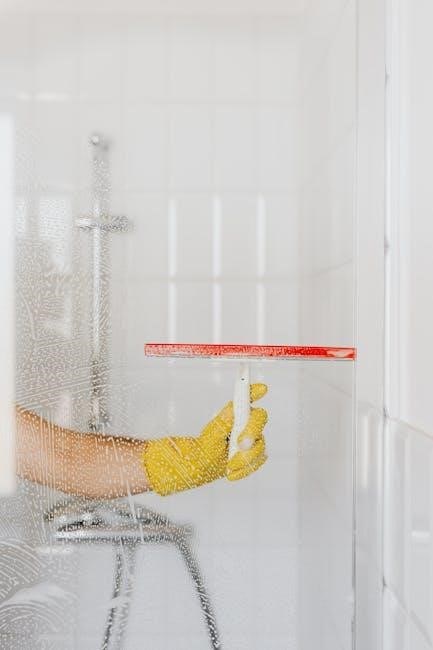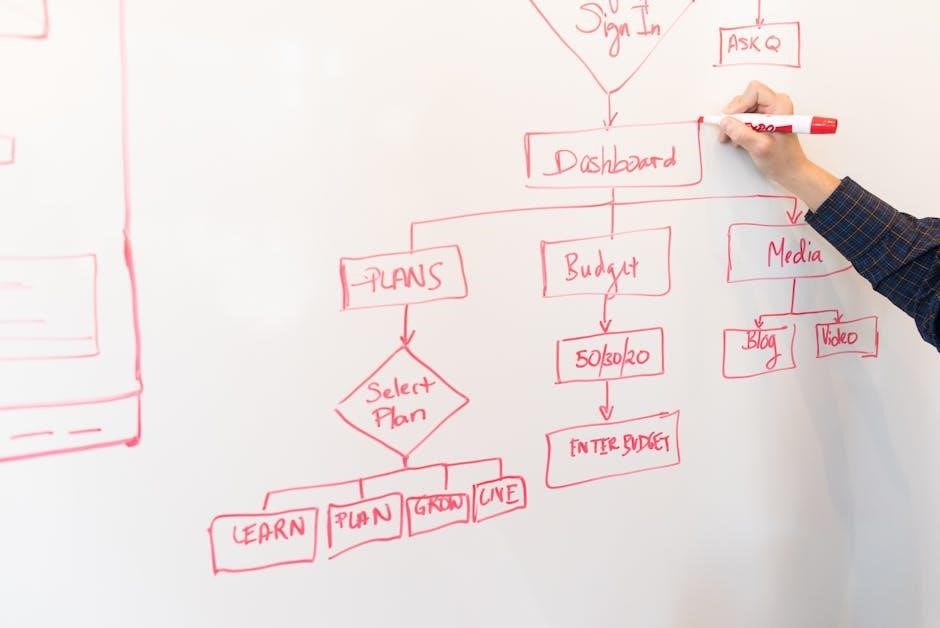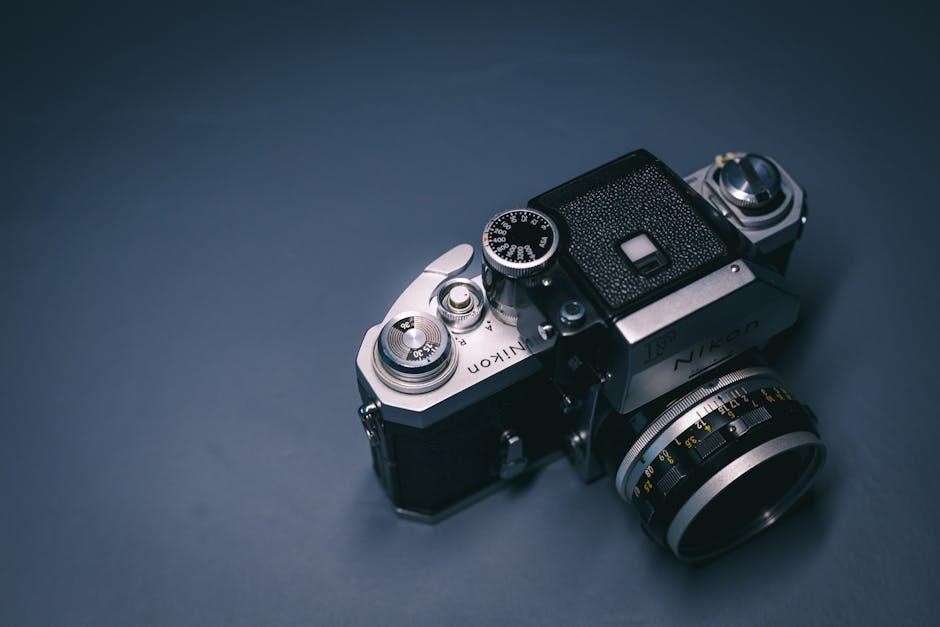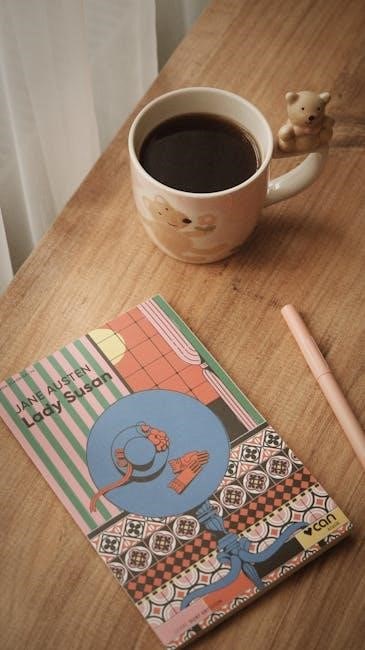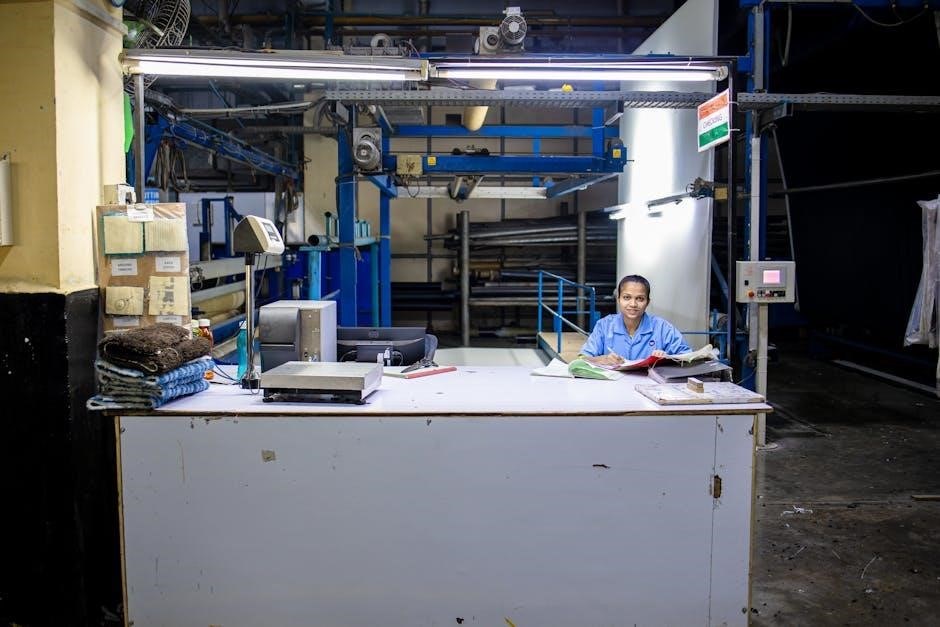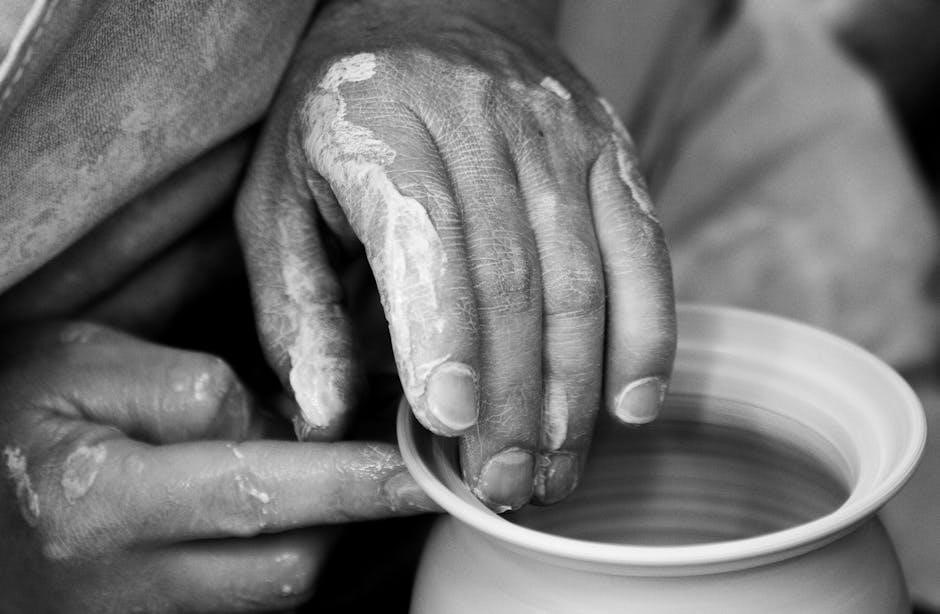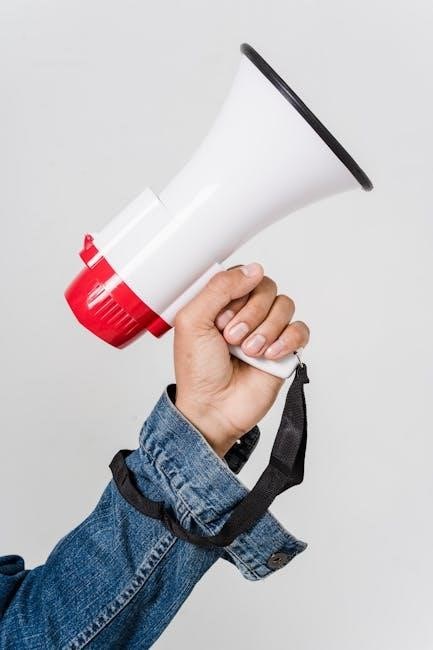This manual provides a comprehensive guide to understanding and using Rj11 Wiring effectively with Cat5 cables and confidence in the process of setting up and using it properly always.
Understanding Rj11 Cable and its Applications
To understand the Rj11 cable, it is essential to know its composition and functionality, the Rj11 cable is a type of cable used for telephone and internet connections, it has a specific pinout and color code.
The Rj11 cable is commonly used in homes and offices for connecting telephones, modems, and other devices to the internet or telephone network.
The cable has a standard 6-pin connector, but only 4 pins are used for the connection, the other 2 pins are reserved for future use or other applications.
The Rj11 cable is an essential component in telecommunications and networking, and understanding its applications is crucial for setting up and using it effectively.
The Rj11 cable is also used in other applications such as alarm systems and other devices that require a connection to the telephone network.
The cable is widely available and can be purchased from most electronics stores or online retailers.
It is also important to note that the Rj11 cable is not the same as the Rj45 cable, which is used for Ethernet connections.
The Rj11 cable has a specific application and should be used accordingly to ensure proper functionality and connectivity.
Understanding the Rj11 cable and its applications is the first step in using it effectively and efficiently.
The Rj11 cable is a crucial component in modern telecommunications and networking, and its proper use is essential for reliable and efficient connections.
Rj11 Wiring Diagram Overview
Rj11 wiring diagram provides a clear visual representation of the cable’s connections and pinouts always with specific details and information for proper installation and use purposes only.
Comprehensive Guide to Rj11 Wiring Diagram
A comprehensive guide to Rj11 wiring diagram is essential for understanding the cable’s layout and connections. This guide provides detailed information on the diagram’s components, including the pinouts and color codes. The Rj11 wiring diagram is a crucial tool for installing and troubleshooting the cable. It helps to identify the different wires and their corresponding connections, making it easier to diagnose and fix problems. With a comprehensive guide, users can navigate the diagram with confidence and ensure that their Rj11 cable is properly installed and functioning correctly; The guide also includes tips and best practices for working with the Rj11 wiring diagram, making it a valuable resource for anyone working with the cable. By following the guide, users can ensure a successful installation and minimize the risk of errors or damage to the cable.

Operating Instructions for Rj11 Wiring
Follow the Rj11 wiring instructions carefully to ensure proper installation and usage always with correct procedures and guidelines provided in the manual for success.
Setting Up and Using Rj11 Cable Effectively
To set up and use the Rj11 cable effectively, it is essential to follow the guidelines provided in the manual. The manual outlines the steps to be taken to ensure proper installation and usage of the cable. This includes understanding the different components of the cable and how they work together to provide a stable connection. By following the instructions carefully, users can avoid common mistakes that can lead to poor performance or damage to the cable. With the right setup and usage, the Rj11 cable can provide reliable and high-quality connections for various applications. The key to effective usage is to understand the capabilities and limitations of the cable and to use it accordingly. This will help to maximize its performance and extend its lifespan. Proper setup and usage are crucial for optimal results.

Navigating Rj11 Wiring with Confidence
Users can navigate Rj11 wiring with confidence by following the guidelines and instructions provided in the manual carefully always with proper understanding and knowledge of the process.
Maintaining and Troubleshooting Rj11 Connections
To maintain and troubleshoot Rj11 connections, users should regularly inspect the cables and connectors for damage or wear. The manual provides guidelines for identifying and resolving common issues, such as faulty connections or signal loss. By following these guidelines, users can ensure reliable and stable connections. Additionally, the manual outlines best practices for storing and handling Rj11 cables to prevent damage. Proper maintenance and troubleshooting can help extend the lifespan of the cables and prevent downtime. Users can also refer to the troubleshooting section of the manual for step-by-step instructions on resolving specific issues. With proper maintenance and troubleshooting, users can ensure optimal performance and reliability of their Rj11 connections, and minimize the risk of errors or disruptions to their network or system, ensuring smooth operation always and effectively.
Rj11 Cable Installation and Management
Proper installation and management of Rj11 cables is crucial for reliable connections and network performance always with the right tools and techniques available online.
Best Practices for Rj11 Wiring and Cabling
To ensure reliable and efficient connections, it is essential to follow best practices for Rj11 wiring and cabling. This includes using high-quality cables and connectors, and avoiding damage to the cables during installation. Proper labeling and documentation of the cables and connections is also crucial for easy maintenance and troubleshooting. Additionally, regular inspections and testing of the cables and connections can help identify and resolve any issues before they become major problems. By following these best practices, users can ensure that their Rj11 wiring and cabling systems are running smoothly and efficiently, and that they are getting the most out of their networking equipment and systems, with optimal performance and reliability always.

Rj11 Wiring Diagrams and Schematics
Rj11 wiring diagrams and schematics provide detailed information and visual representations always using standard symbols and notation correctly.
Understanding Rj11 Pinouts and Color Codes
To work with Rj11 cables, it is essential to understand the pinouts and color codes used in the wiring, which can vary depending on the application and region.
The standard Rj11 connector has six pins, but only four are typically used for telephone and modem connections.
The color codes for the wires are usually based on the standard telephone wiring colors, with each pair of wires having a distinct color.
Understanding these pinouts and color codes is crucial for correctly installing and troubleshooting Rj11 connections.
The Internet provides a wealth of information on Rj11 pinouts and color codes, including diagrams and charts to help with identification and installation.
Properly understanding and using these codes ensures reliable and efficient connections, which is critical for maintaining clear and consistent communication.
This knowledge is also useful for diagnosing and repairing issues with existing Rj11 connections.

Rj11 Wiring Guide for Cat5 and Cat6 Cables
Rj11 wiring guide provides detailed instructions for Cat5 and Cat6 cables installations and management solutions always with proper wiring and connections techniques available online.
Maximizing Performance and Reliability with Rj11 Wiring
To maximize performance and reliability with Rj11 wiring, it is essential to follow proper installation and management techniques. This includes using high-quality cables and connectors, and ensuring that all connections are secure and properly terminated. Additionally, regular maintenance and troubleshooting can help to identify and resolve any issues that may arise. By following these best practices, users can help to ensure that their Rj11 wiring is reliable and performs optimally. This can be especially important in applications where high-speed data transfer is critical, such as in business or commercial settings. With proper installation and maintenance, Rj11 wiring can provide a reliable and high-performance connection for a wide range of applications. Proper wiring and connections are crucial for maximizing performance and reliability with Rj11 wiring and ensuring optimal functionality always.




